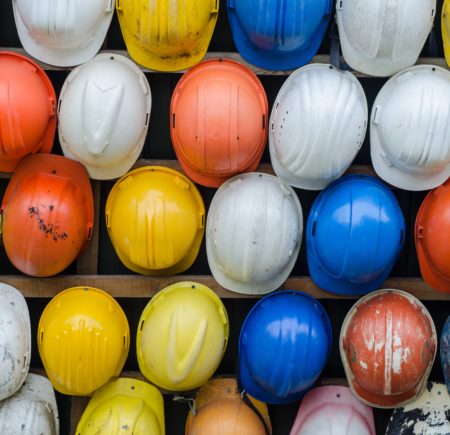

District Heating : A Win-Win for us and Global Warming?
Written by Angelo Noel
The increasing pressure and demand for heating combined with stricter laws on greenhouse gas emissions, has driven various countries to look for innovative ways to heat their buildings. The majority of buildings in the UK are heated by gas, which accounts for 24% of our national carbon footprint. The Chancellor announced in 2019 that gas heating will be banned in new residential constructions starting in 2025. The bold statement, while a step in the right direction for long-term growth, did not necessarily provide an instant solution for construction companies, and the task ahead is tremendous.
District heating is being promoted by the national and some regional governments as a way to resolve this, with new housing projects and locations near power plants and waste heat sources being significant objectives. District heating systems are a central heat source (which might be an energy centre/plant room) which feeds energy into the heat network, and is then spread across the region via pipes.
In the district heating sector, innovation is a critical enabler of decarbonization. However, suitable financial tools are required in order to assist researchers and businesses in their efforts to develop new technical solutions, which might be a risky investment. Clean energy technologies may be more widely used if technology innovation, digitisation, and current trends toward more energy-efficient buildings are taken into account.
The government announced in 2016 that it would invest £320 million in district heating networks around the country over the following five years. National and local governments play a huge part in strategic planning for heating and cooling, as well as helping district energy operators by reducing risk and allowing public-sector direct funding. By 2050, a target has been set for 15-18% of heat to come from these types of networks, and the Scottish Government has set its own goals for large growth.
DHS are regarded as a critical technology for low-carbon, cost-effective, and future-proof heating. It’s a win win on all fronts as it not only covers reduced energy/maintenance costs but also cover the cost of compliance.
However with every benefit, there has to be a con, in the case of DHS, it needs a long-term financial commitment, which clashes with an emphasis on short-term returns. District heating is less appealing in low-population areas since the investment per household is significantly larger. Only if DHS are viewed as long-term investments will they result in successful operations for district heating system owners.
There is still a long way to go before district heating becomes a significant part of the UK heat mix, but it has a lot of promise if done correctly. The reduction in carbon emissions and low running costs, along with innovation could allow DHS to be the future. Potential could become a reality if the correct support is provided for both those wishing to develop networks and people who will be using the heat in their homes.


